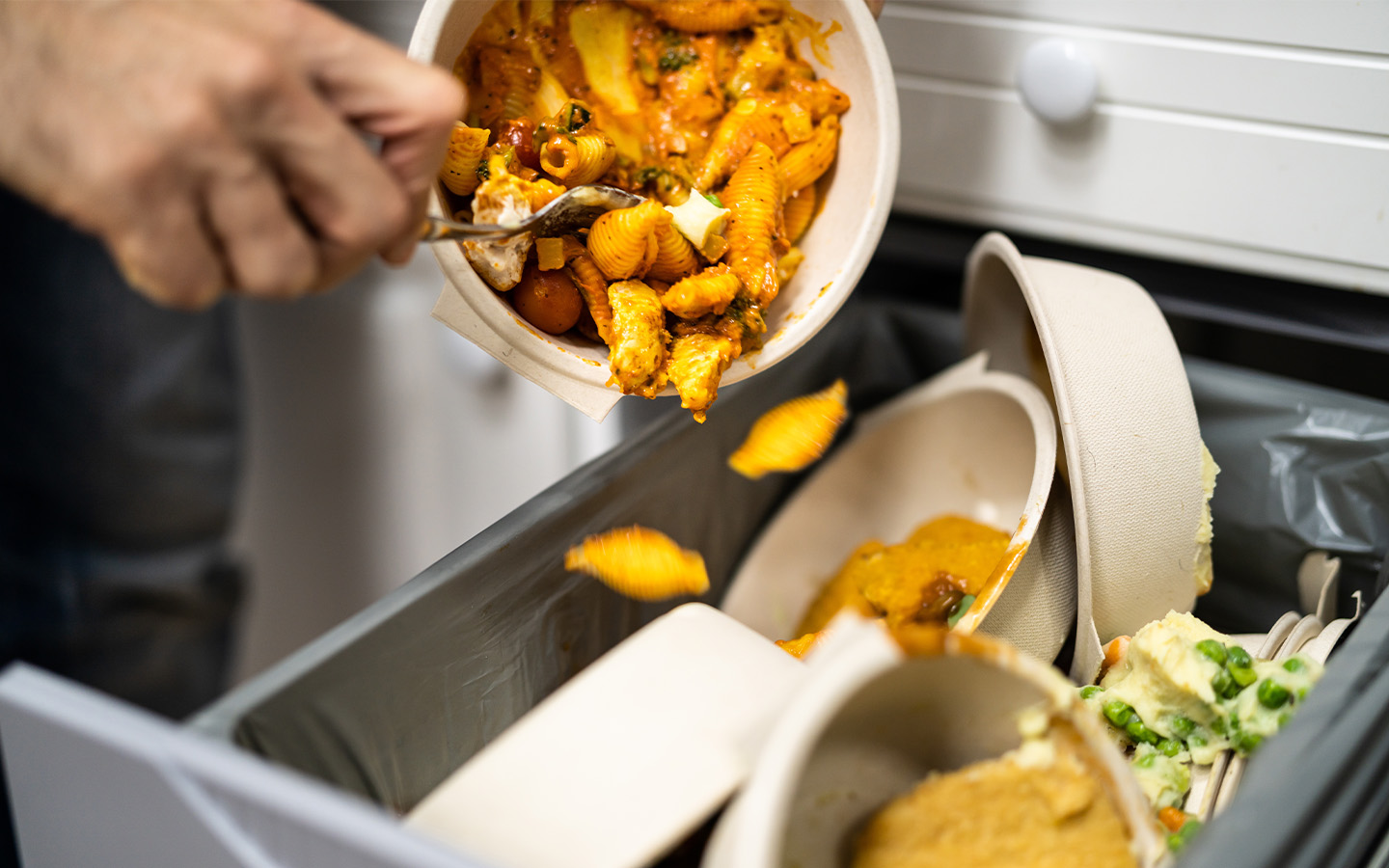Halving food loss and waste could reduce the number of undernourished people by 153 million by the year 2030, according to a joint report published by the OECD and the United Nations (UN)’s Food and Agriculture Organization on Tuesday.
The 2024-2033 Agricultural Outlook states that around a third of food produced gets lost or wasted globally each year. Food loss refers to edible products becoming unfit for human consumption before entering markets, while waste happens when unwanted food is discarded.
“Measures to reduce food loss and waste could significantly increase food intake worldwide as more food becomes available and prices fall, ensuring greater access to food for low-income populations,” the report said.
[See more: Acute hunger is persistently high in dozens of countries, and getting worse]
While UN member states have committed to cutting per capita food waste by 50 per cent by 2030, there is no global target for reducing food loss along the production supply chain, which is harder to combat.
One way of limiting food loss is to improve transport and storage facilities, as faults in these areas often result in spoilage. “For farmers, this provides strong incentive to raise their production,” the report noted.
The report estimated that around 13 percent of food produced gets lost after harvesting and before reaching retail markets, while 19 percent is wasted in households, the food service industry and retail.






